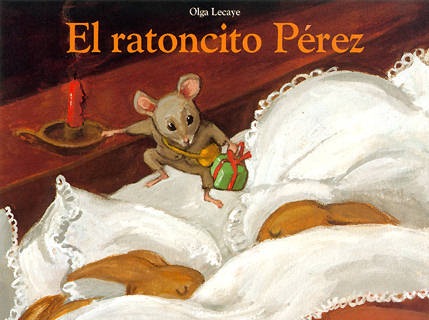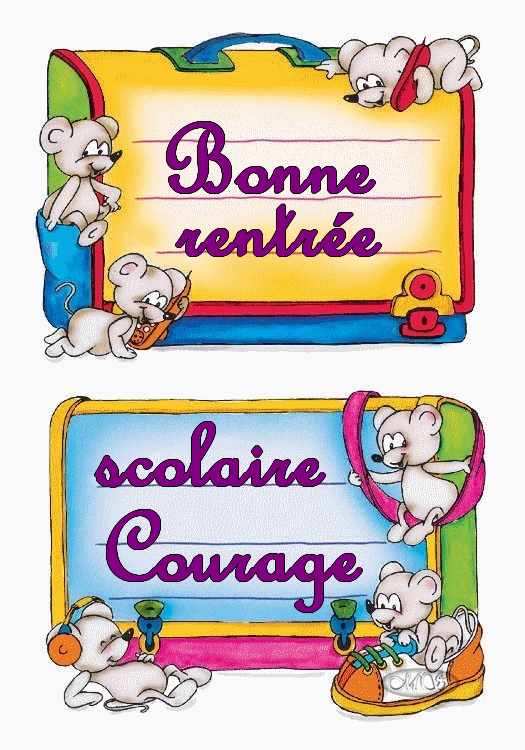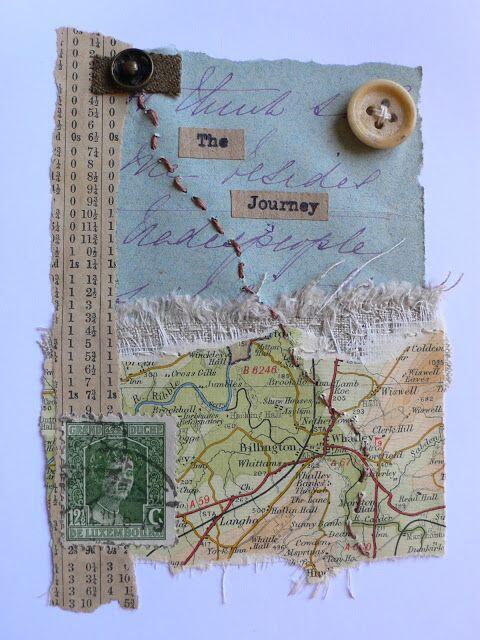The tongue twister style title of this post reflects the challenges and twists in trying to sort out meaningful and sensible approaches to measuring progress of young language learners.Over the last few years we have been considering and developing this in our network. Today I very much feel that we have begun to get it right and we can share this with others confidently !
Hurrah!
This is very much a pit stop post in more ways than one, as it is lunch time and I have spent the morning in a primary school near Wigan with colleagues from two partner primary schools. Later I will spend some of the afternoon in a high school in Halton with a transition between KS2-3 group. What is important is that my primary colleagues this morning and my primary and secondary colleagues this afternoon will all be discussing and sharing what progress we can see in language learning in KS2 and what we regard as the soft and hard data to help us measure this progress.
What was fabulous this morning was that as a group of teachers we made progress in how we are going to assess progress across KS2 in two specific schools this academic year in line with the tools within our network.We have created a flexible language learning machine which has a set of tools to assess progress that can be applied to a variety of contexts and content.I was delighted to find that both specialist and non-specialists teachers felt comfortable with the tools and that classroom practitioners and SLT could see how useful the tools are. to set the scene: two of the five in the room were specialist linguists, two had primary and secondary language teaching experience, two were subject coordinators in primary, one was a primary headteacher and all of us were primary practitioners.
By the way, if you are a member of the network, you have access to the VLE and the the key documents mentioned below. This blog post will appear in the VLE network blog too and will have direct links to the documents mentioned - so you can read and explore at leisure for your own school's purposes!
Step One
We considered our KS2 SOW long term overview, how flexible this can be and how we can adapt and add creative learning opportunities.We identified core contexts and content to ensure progression. We considered how we can realign blocks of learning to fit the two schools own creative curriculum requirements. We linked stories that the schools enjoy already and books we recommend linked to units of work. We discussed the importance of developing bilingual dictionary skills across KS2.
Using our medium term planning bubbles we considered how these help inform class teachers, support discussion and could help coordinators to rearrange some LKS2 or UKS2 units. We considered how the school may like to pick up one of our VLE Cross Curricular units e.g. Cavemen and use this instead of or alongside a key block of content such as daily routine.In doing this we revisited the key elements of the teaching and learning and then began to consider how we could track progress.
Step Two
We considered how our tracking sheets allow teachers to keep a simple record of contexts, content / transactional language covered and skill development across listening, speaking, reading and writing. We looked at how this could be kept as record for a specific class and how this can easily be shared with coordinators or SLT and kept for record purposes to demonstrate progress. Interestingly we all agreed that this added weight to the learning and the progress made and helped to ensure that language learning was an integral part of the learning process in school.This led us to us discussing primary evidence of progress and what we consider primary appropriate evidence.
Step Three
Using the Mapping Progress document created last year for our Progress CPD (and that has now been annotated and tweaked for network sharing) we considered how you can align the 4 basic skills (L,S,R,W) and the DFE POS learning objectives We were able to identify the stages of development as a learner of these four skills and the DFE POS LOs through KS2 Framework Objectives.
This gives us descriptors to define beginner, moving on and advanced learner skills in KS2. We looked at how we could identify elements of the four skills and also the development in the 4 skills in the DFE POS LOs.We also considered how you can link these stages to A1 and possibly A2 of the CEFR. Finally we explored how these elements can be defined for assessment of progress in primary schools and linked to the simple user-friendly skill descriptors from the Languages Ladder.No one was fazed by this and everyone could see the steps of progression.I loved gthe fact that the Headteacher and SLT found this information very reassuring.
Once we had explored Step Four below the team could see how all this came together and enabled the gathering of evidence, understanding of what is being measured and also how to go back a step if necessary and then why and how the whole reporting progress we use has been created.
Step Four
We have six week blocks of work which constitute half termly blocks within our SOW in KS2. Each half term has Assessment Benchmarks - the most important part of the benchmark descriptor is the skill level e.g."can understand some familar spoken ......".
Our basic benchmarks define content but of course schools may want to change content to fit their own blocks of work and therefore we help schools to look at progress in language skills whilst still able to identify content covered .
I am creating this year "Puzzle It Out " sheets per half term- with four puzzle activities .Each puzzle can be done at a different time during the half term but each puzzle focuses on one of the skills.You will shortly be able to download the word document templates of this from the VLE.
We have created Assessment Clouds for AfL purposes with the children so they can track their own progress termly (thanks to our associate Kate for the hard work here!)
We are using three descriptors to explain progress: "emerging, meeting and exceeding".We are certain lots of schools are using similar if not the same descriptors.So it seems sensible to use these as we think because these are in line with many schools general progress in subject areas' descriptors.
Keeping a record and being accountable!
This year we are offering a record keeping spread sheet based on emerging,meeting and exceeding the benchmark in one,two,three or all 4 skills .We have made sure it is very easy to use and can be used for every pupil or a sample of pupils.It is downloadable and shareable amongst teachers in a school and can be kept in the school area of the VLE. The record allows HTs and SLT to monitor progress across all 4 skills and to be able to reference this progress against the Mapping Progress document if so required.
So now I am off to the Transition meeting and hope to share with the group how they too can use these tools to develop a transfer of soft and hard data to inform dialogues and baselines etc.....A work in progress and no doubt there will be plenty more reflective pit stops on the way!
And the magic is, that as we develop as a VLE network we can share and create new ways forward to enhance what is already there! Look forward to hearing how your school uses our assessment tools and being able to write another pitstop blog post on progress!








































